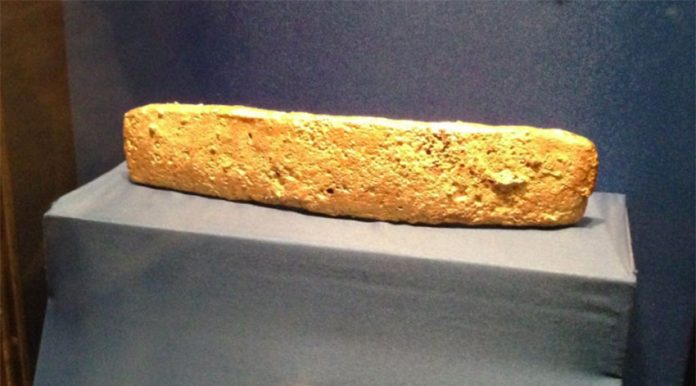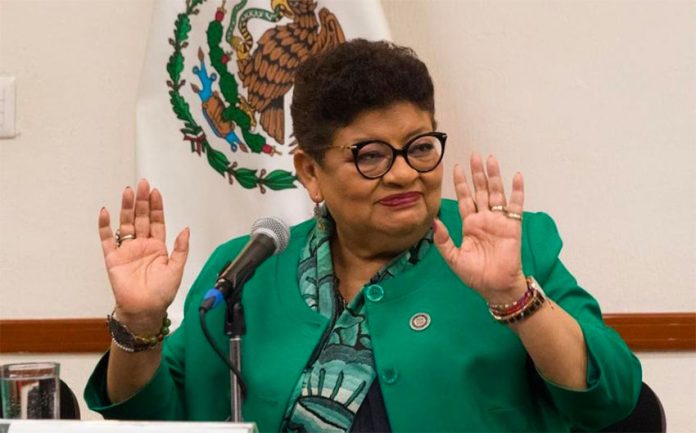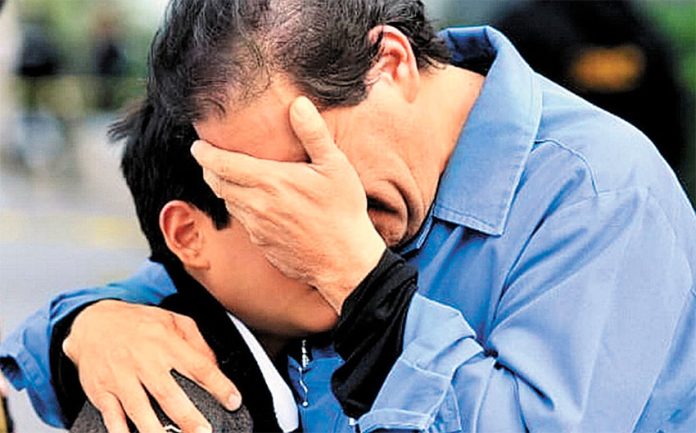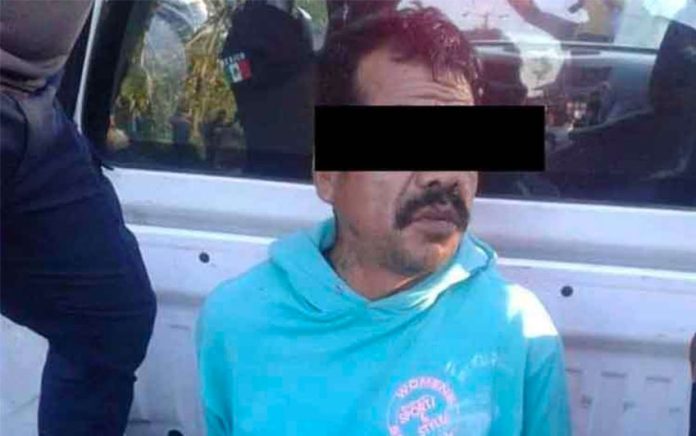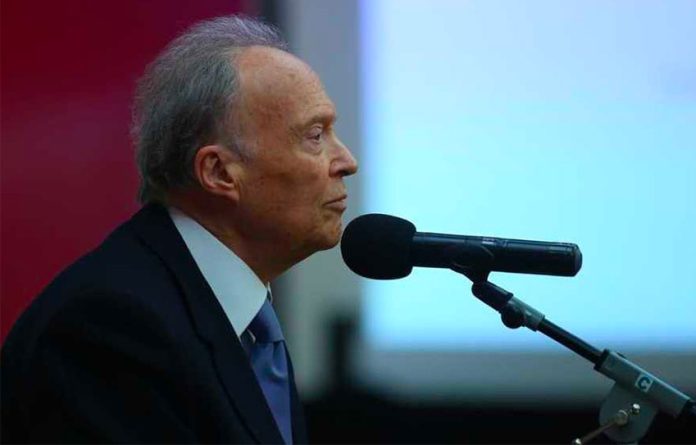A 21-year-old woman suspected of being a leader of the Jalisco New Generation Cartel (CJNG) in the Tierra Caliente region of Michoacán was fatally wounded in a clash with federal and state forces on Friday.
María Guadalupe López Esquivel, also known as La Catrina, died in hospital after a gun battle with the army, National Guard and Michoacán state police in La Bocanada, a community in the municipality of Tepalcatepec.
The security forces came under attack by suspected members of the cartel led by Mexico’s most wanted criminal, Nemesio “El Mencho” Oseguera Cervantes, after dismantling a blockade at the entrance to the town.
López belonged to a cell of the CJNG identified by authorities as being responsible for an ambush on Michoacán police in October that left 13 officers dead and another nine wounded.
According to documents found in cartel vehicles that were seized after that attack, La Catrina was responsible for paying salaries to people who worked as halcones (hawks or lookouts) for her CJNG cell. She was also allegedly a sicaria, or killer, and involved in extortion and kidnapping operations.
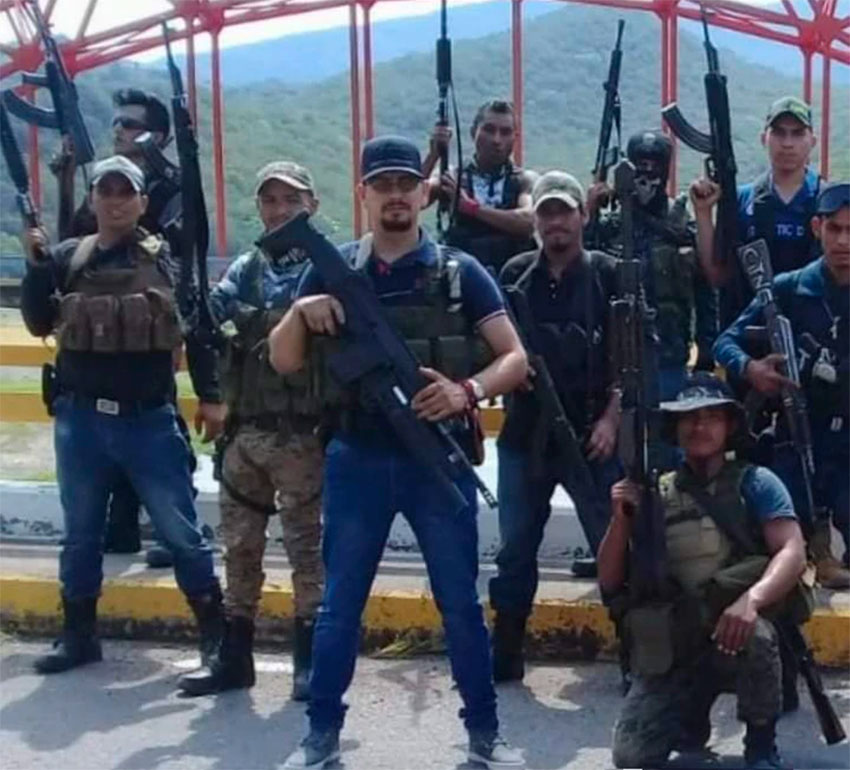
The daughter of a livestock trader and a housewife, López was reportedly a good student in her younger years in Tepalcatepec before developing a keener interest in attending parties rather than school.
“. . . She started hanging out with gangsters and got lost in drugs,” one local resident told the newspaper El Universal.
Another resident said she moved in with a CJNG member in 2017, stating that “she met a criminal asshole and he took her to live in Aguililla, where she started to work for M2.”
M2 is Miguel Fernández, suspected plaza chief of the CJNG in Tierra Caliente and one of seven alleged criminals, including López and another woman, who were arrested after Friday’s clash.
In audio recordings obtained by authorities, Fernández is heard ordering cartel hitmen to murder the state police officers on October 14.
He also issues a command for a narco-message to be left at the scene of the crime in Aguililla. One banner left by the aggressors said the police were killed for supporting rival criminal groups including the Caballeros Templarios and the Viagras.
Operating in several states beyond its home base of Jalisco, the CJNG is considered Mexico’s most powerful and dangerous criminal group. The cartel has increased its power and extended its reach in recent years, gaining significant notoriety in 2015 when its members shot down a military helicopter in southern Jalisco.
The United States Department of State is offering a reward of up to US $10 million for information leading to the arrest of suspected leader Oseguera Cervantes.
Security authorities in several Michoacán municipalities said in October that they had been made aware that El Mencho planned to return to his home town of Aguililla.
The kingpin wants to retire, be arrested or die in his native land, sources told the newspaper El Universal, adding that he intended to guarantee his security with “human walls.”
Source: El Universal (sp), Infobae (sp)




